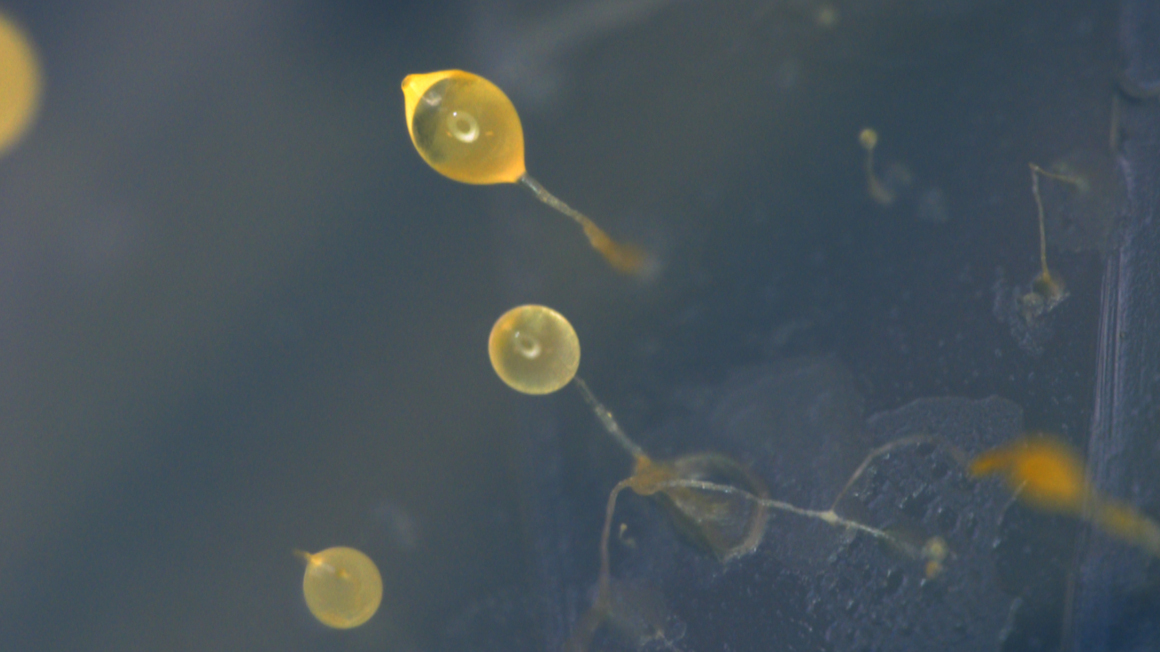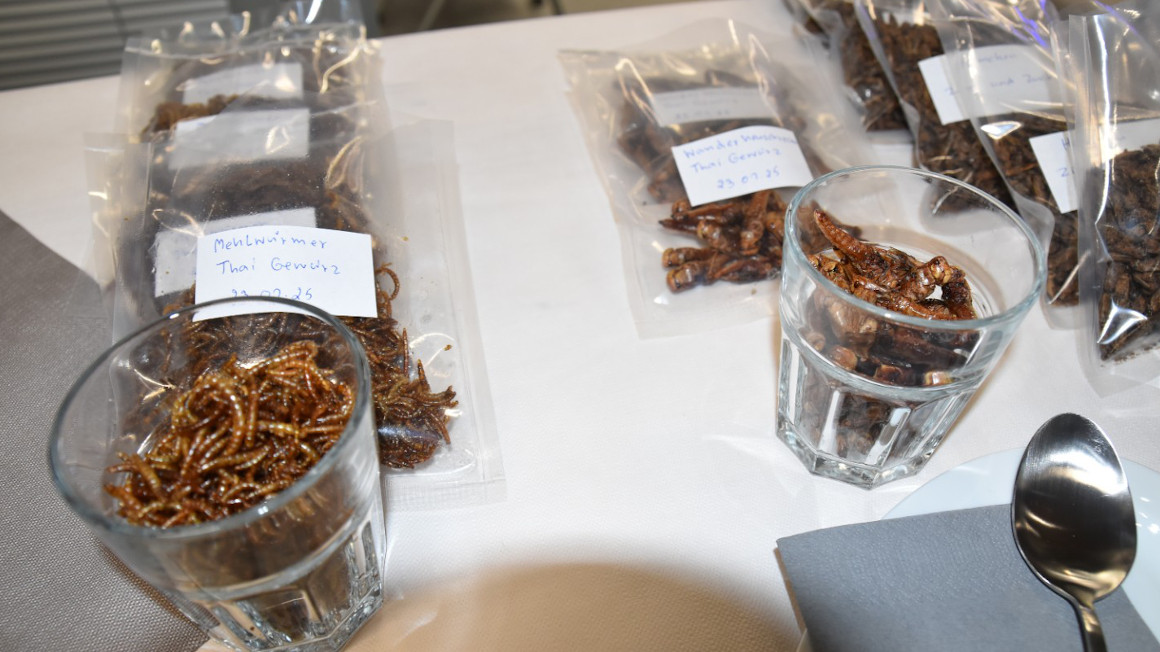Amoebae as biofactories for natural substances
Leibniz researchers from Jena have succeeded in producing the natural substance olivetolic acid - a precursor of the cannabis active ingredient THC - in amoebae.

Tetrahydrocannabinol (THC) is a major component of the cannabis plant and is known primarily for its intoxicating effects. In a weakened form, the natural substance has also long been used in medicine to alleviate neurological diseases and pain. However, isolating the natural substance in pure form from the hemp plant is very costly. Therefore, such plant compounds are increasingly produced biotechnologically using bacteria such as Escherichia coli or the yeast Saccharomyces cerevisiae. However, neither of these naturally produces plant compounds, which means that the production organisms have to be genetically modified.
Genes of the amoeba resemble plant biosynthetic genes
A research team from the Leibniz Institute for Natural Product Research and Infection Biology - Hans Knöll Institute (Leibniz-HKI) in Jena - has now found a new promising organism for producing such complex natural products: the amoeba Dictyostelium discoideum. The slime mold itself possesses numerous biosynthetic genes for the production of natural products (polyketides), which include the THC precursor olivetolic acid. "When we took a closer look at the genes, we noticed that some show a high similarity to plant biosynthetic genes," said first author Christin Reimer, who is working on the topic in her doctoral thesis.
Amoeba enzyme produces THC precursor
As part of the study, the researchers first had D. discoideum produce resveratrol, a polyketide known as a dietary supplement, to test the extent to which the slime mold is suitable as a biofactory. They then incorporated the plant enzyme for the production of the THC precursor olivetolic acid into the amoeba's genome. However, to enable natural product synthesis, chemical precursors were needed here as well. The researchers decided to take advantage of the amoeba's natural properties and combined the plant enzyme with an enzyme from the amoeba. "The amoeba is able to produce the required precursor, a hexane unit, directly on site," explains Falk Hillmann, head of the junior research group "Evolution of Microbial Interactions" at Leibniz-HKI and one of the study leaders.
Patent pending for the process
This way, the research team succeeded in producing a functional hybrid enzyme that produces olivetolic acid, which is necessary for THC production, without any further additives. "With our research, we have shown that the amoeba Dictyostelium can be used as a biotechnological production platform for polyketide-based natural products," Reimer said."Our next goal is now to add the two missing enzymes to produce the final product THC in the amoeba," adds Hillmann.
A patent application has already been filed for the new process. The work of the research group was funded by the research group program of the state of Thuringia with resources from the European Social Fund and by the German Federal Ministry of Education and Research (BMBF) through the "GO-Bio initial" program.
bb


